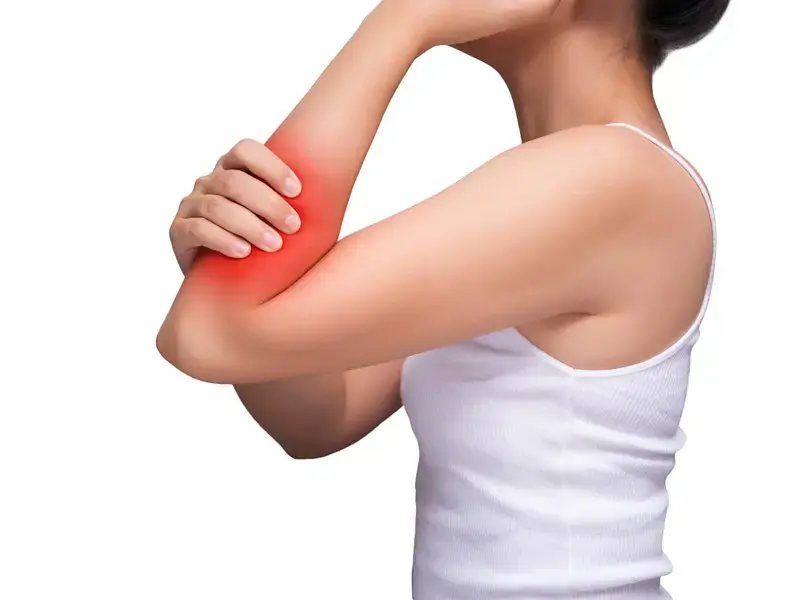From Symptoms To Treatment, Here’s Everything You Need To Know About Osteoarthritis in Chandler Phoenix
- David Bell Acupuncturist
- Mar 1, 2024
- 3 min read
Nearly 33 million U.S. adults suffer from osteoarthritis, according to the U.S. Centers for Disease Control and Prevention (CDC), and the disease is known to cause joint pain, aching, stiffness, and swelling in the ankles and the feet. [1] But those battling the common form of arthritis — and the mobility-inhibiting symptoms it brings on — aren’t without treatment options.

What is osteoarthritis?
Osteoarthritis is a degenerative joint disease that can affect one’s hands and fingers, hips, neck, lower back, ankles, and feet. Though medical professionals are unsure of its exact causes, osteoarthritis occurs specifically when joints’ cartilage and different tissues break down over time, according to the National Institutes of Health (NIH).[2]
This process is distinct from the normal wear and tear associated with physical activity. But over months and years, as osteoarthritis damages foot and ankle joints by causing tissue deterioration, the associated pain, inflammation, and mobility-related obstacles often prompt sufferers to cut back on their movement. Reduced physical activity can lead to weaker muscles and greater joint strain, amplifying the symptoms and pain of osteoarthritis.
Osteoarthritis sometimes impacts the shapes of joints as well as bones — potentially causing pieces of bone and/or cartilage to break off (known commonly as “bone spurs”). The painful byproduct of the degenerative disease can result in further discomfort and make mobility a larger challenge yet, especially when it comes to osteoarthritis of the ankles and feet.
What are the symptoms of osteoarthritis?
As mentioned, osteoarthritis symptoms include aching, pain, stiffness, and swelling of the foot and ankle (and possibly several other parts of the body). However, the severity and prevalence of these symptoms vary dramatically from person to person depending on factors such as the disease’s progression. Typically, osteoarthritis symptoms are mild at the outset and pass with around half an hour of rest from exertion of the problem joints.
As osteoarthritis progresses, symptoms become more pronounced, activities involving the foot, ankle, or other problem joints can become increasingly difficult, and pain often spikes while one is at rest or sleeping, according to the NIH.
There’s no blood test for osteoarthritis, but medical professionals can diagnose the disease with a combination of X-rays and MRIs, per Mayo Clinic. Although the former don’t show cartilage, they can shed light upon cartilage loss by displaying narrowed spaces between bones themselves. Bone spurs also appear on X-rays, whereas MRIs show cartilage and are sometimes used to learn more about the specifics of the case at hand.
Who can suffer from osteoarthritis?
In general, the chances of encountering osteoarthritis increase with age, and elderly persons are, therefore, more likely to develop the disease, according to the NIH. Studies have found that women (and particularly women over the age of 50) are comparatively predisposed to suffer from osteoarthritis, and obese individuals, as well as persons with a family history of arthritis, may likewise have a greater risk of osteoarthritis.
That said, osteoarthritis can and does occur in young adults, namely those who play sports and place continued strain on their joints, per Mayo Clinic.[3] Additionally, osteoarthritis can occur at any age following joint injuries — both immediately and even years after the damage in question appeared to heal.
What is acupuncture
Acupuncture is a traditional Chinese therapy that involves inserting thin needles into the skin at specific points on the body. The needles are inserted at various depths at strategic points on the body, usually causing little discomfort




Comments